What We Can All Do to Fight the Climate Crisis and Protect Our Playground
If we, as snowboarders and outdoor enthusiasts, don't speak up for what we love, who will?
The best thing we all can do as we grapple with the COVID-19 crisis is to give our support to those who need it. But now, as we get a peek at life without snowboarding, we're in a crucial moment to re-assess our approach to yet another crisis that will similarly threaten our winter seasons: the changing climate.
As ambassadors for the mountains, this fight to preserve our own lifestyle relies on us. The good news is we can still lessen the impact of the climate crisis for a more stable, snowier future. Better yet, we know what we have to do. Keep reading for actionable suggestions below.
Climate change is the single biggest threat to our lifestyle as snowboarders.
As a global company, we here at Burton know we can have a bigger impact than any one individual, and we've already put in a significant effort to toward our sustainability commitments, which we'll also outline below. As you learn about the efforts we're taking, ask yourself: Will you look back on this time and wish you'd done more?
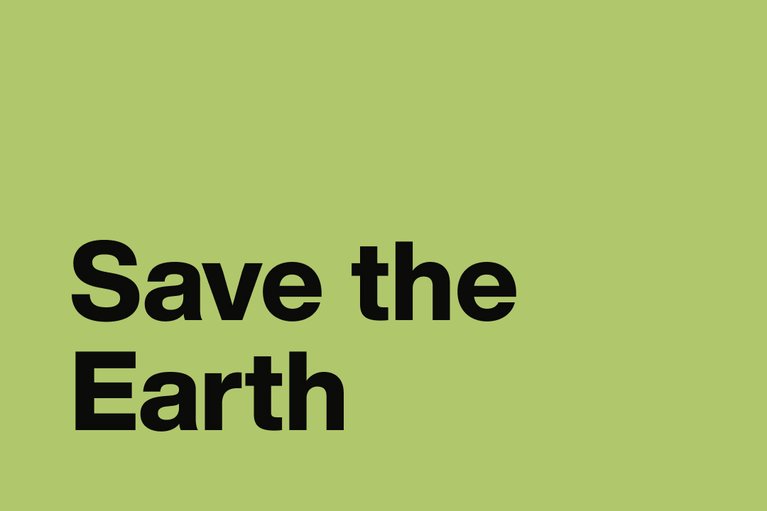
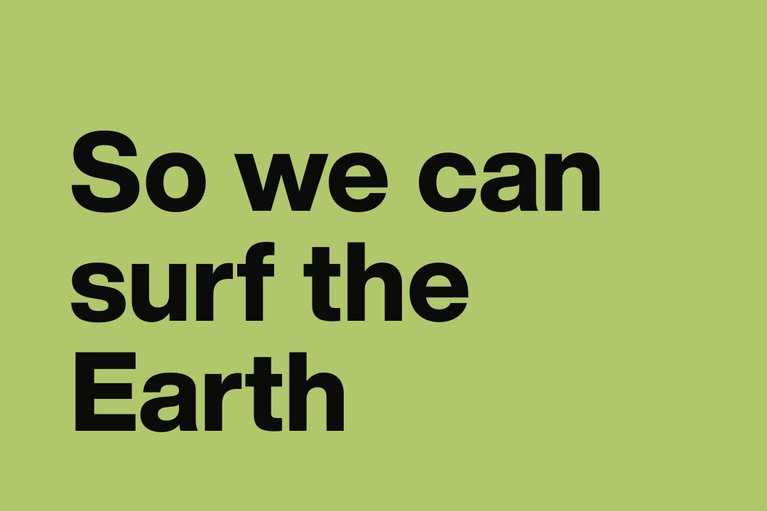
Making Progress Towards A More Sustainable Snowboard Industry
As Burton has grown from Jake Burton Carpenter's barn into a global company over the last four decades, we've taken our responsibility to protect our playground more and more seriously, starting with some aggressive goals we set our sights on achieving by the end of 2020. Here, we'll focus on a few big ones where we've been able to make the most progress so far.
The goal related to our hardgoods production is a big one: Reduce our carbon footprint by 20% for each hardgood category: boards, boots, bindings, helmets and goggles. We used a modeling software to assess the life cycle of each product and identify where the high impact areas were, then we started working to reduce those impacts through improving design, materials, manufacturing practices and energy sources.
Without compromising on technical performance, this turned out to be anything but easy. So far, compared to our baseline in 2017, we’ve reduced our carbon footprint by 5% for bindings and 19% for snowboards. However, as we’ve introduced innovative technology like StepOn and Magnatech, the carbon footprint for other product categories has actually increased since 2017. We are doubling down on our efforts to source renewable energy at factories across all categories in order to improve our impacts.
Spotlight on Snowboards
Here are three ways we've improved the carbon footprint for our snowboards.
Lose the lacquer. Starting last winter, all Burton snowboards are produced without lacquer, which decreases greenhouse gas emissions and significantly reduces the use of nasty chemicals, known as volatile organic compounds.
Pass on the petroleum. We use Super Sap® resin made with biobased materials, which reduces its carbon footprint by 33% compared to conventional, petroleum-based resins. Starting this winter, all Burton snowboards will be produced with Super Sap.®
Soak up the solar. By working with two of our snowboard factories, they were able to install rooftop solar arrays that will offset their electricity use, one by 25% and one by 75%. Both of these systems were installed in 2019, so we're already well underway with reducing our carbon footprint.
Next time you consider a snowboard purchase, be it from Burton or another company, make sure you're not only making the best choice for yourself, but also for our planet. After all, we vote with our wallets.
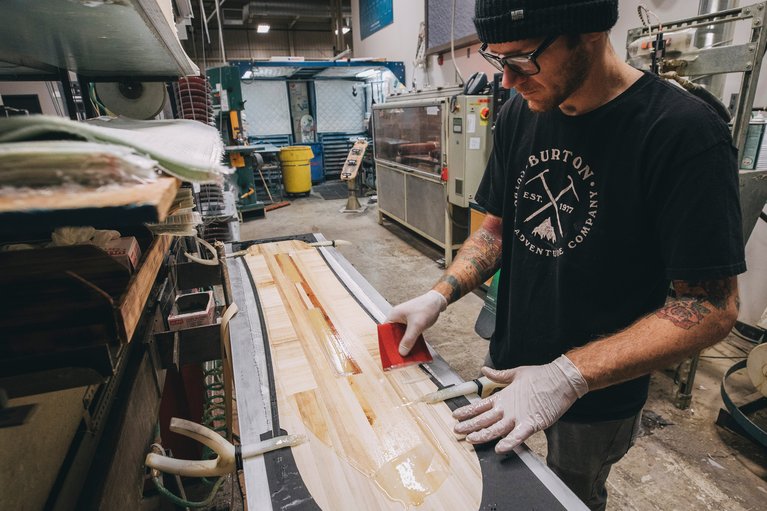
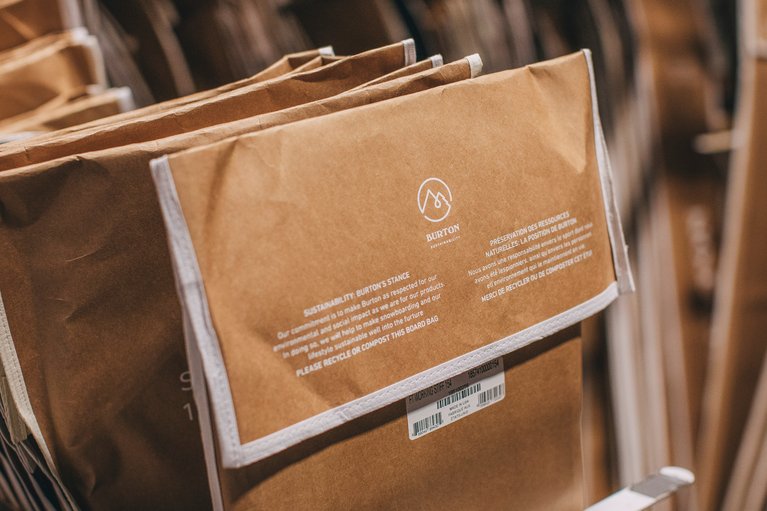
Helping the Outerwear & Apparel Industry Clean Up Its Act
Fix the system. First, if you've never considered what goes into those clothes you're wearing, here are a few facts to set the stage.
- Textile production generates 20% of the world’s industrial water pollution. 🤯
- Textile production globally uses around 20,000 chemicals, many of which are carcinogenic. 🤢
- Textile mills can generate significant air emissions by burning coal for energy. 🤬
With numbers like these, it's clear the system is broken. Even if retailers want to do better for the environment, the materials, processes and factories are not set up to address these issues. In order to make any progress, we've had to essentially ctrl +alt + delete the whole damn thing, and it has taken nearly a decade to get to where we're at.
Our journey started in 2011, when we partnered with bluesign® to ensure our textiles meet their (industry-leading) standards for efficient use of natural resources to protect the air, reduce the amount of water we use, and only use chemicals that are deemed safe for people and the planet.
People and planet = Priority #1. Now, in 2020, we can say 49% of all our softgoods products (everything that isn't a board, boot, binding or goggle/helmet) meet the standards of the bluesign® system. Our goal for 2020 was to reach 100%, and we're definitely making progress: all of our spring/summer outerwear is bluesign® approved, and for the upcoming winter season, 98% of our outerwear, 94% of first layer, and 79% of backpacks comply.
Reimagine what's possible. We can also proudly say we have worked with bluesign® themselves as a partner to extend the guidelines to new categories of products, such as gloves, hats and luggage, so we're leading the outdoor industry into new opportunities for all of us to clean up our environmental impact.
So even if when we start talking about bluesign® your eyes tend to glaze over, just know this: that blue label means that it's a safer choice for you and the environment.
Why You Should Care

You might see those numbers above and focus on the fact that we're not at 100% of 100% of our goals, yet. It's true, we're not. We're owning that.
We believe in transparency, we believe that progress isn't always a straight line, and we believe we're doing the right thing and stand by the substantial progress we've made. We're taking you along with us on this journey because we believe that if we can help inspire people to care, we can demand more of the outdoor industry to make a larger collective impact.
Like we said before, if it isn't us as snowboarders who care most about protecting our lifestyle, who will?
What You Can Do
By now, hopefully we've shared enough to prove we're committed to making changes to benefit the environment, and our efforts extend long beyond Earth Day. Did we mention we recently became a B-Corp to solidify our commitments to positively impact the world around us? We've done this to show we're taking our seat at the table, and we want the rest of the snowboard community to show up, too. Which of these changes can you commit to going forward?
1. Assess Your Carbon Footprint
In order to know where you're going, you need to know where you've been. Start by identifying which areas in your own life are impacting your own carbon footprint and start making changes to address them.
2. Buy Less, and Buy Smart
Stop supporting the fast fashion industry and make informed choices about the products you buy and what their impact is on the environment. Instead of buying new, what can you do to repair what you have?
3. Fly Less and Offset Travel
Reduce the number of flights you take a year, and spend more time exploring your own backyard. If you do fly, look to fly direct since more takeoffs and landings mean more fuel usage, and look to purchase carbon offsets for your flights.
4. Start Driving Less
Set up a carpool to/from work or the mountain, ride your bike, walk - basically do anything but drive alone in your car. At Burton the closest spots in the employee parking lot go to carpoolers and creative commuters get bagels on Fridays - what could you set up at your own office to encourage carpooling?
5. Advocate Loudly, and Often
Let your elected officials hear it from you: Move away from fossil fuels and towards cleaner energy. Voting is your fundamental right - use it. At Burton, we recently instituted paid time off to vote. Could you get your own company to do the same?
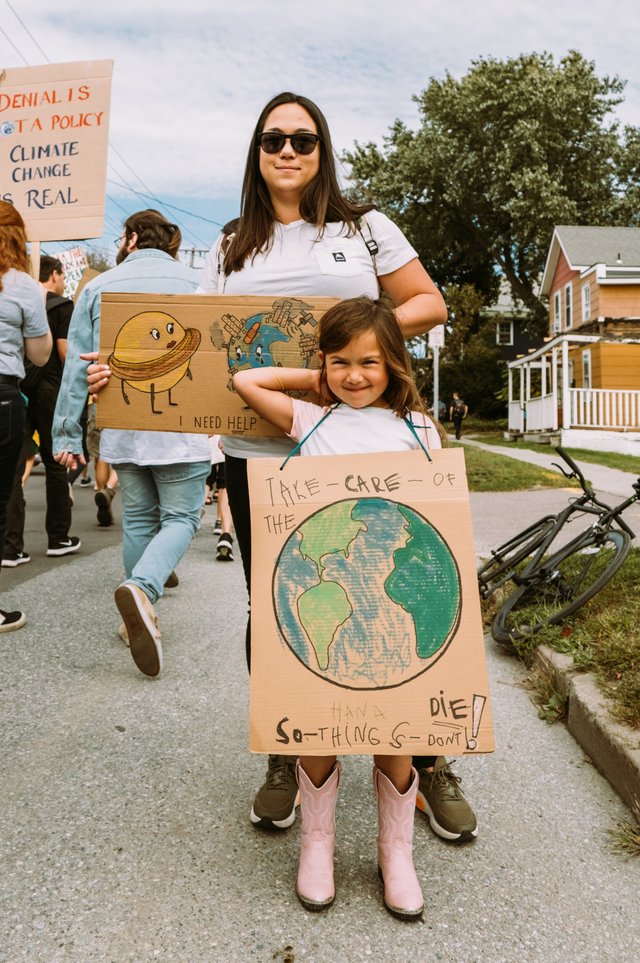
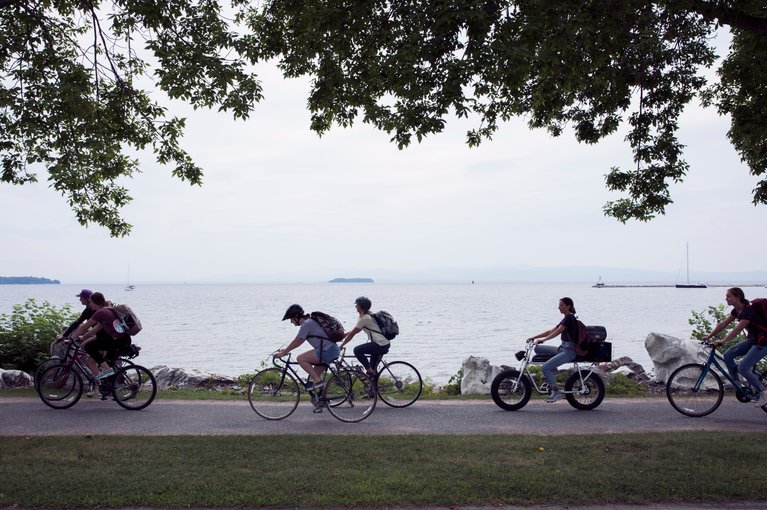
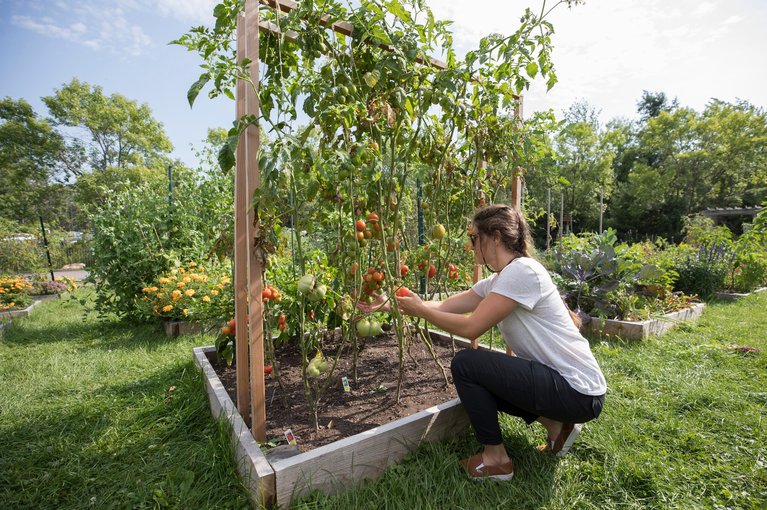
On Earth Day 2020, we shared a survey to hear what commitments you're making this year to protect our lifestyle and the planet.
You told us how you’re reducing your impact on the environment, and the results were inspiring. Someone compared it to taking a shower every day: you just accept that you have to do it.
Here were the top five commitments:
- Buying products made with environmentally preferred materials
- Eating a plant-rich diet
- Composting and/or reducing food waste
- Repairing items you have instead of replacing them
- Being a more mindful consumer
We then shared those results with our friend, artist Lucas Beaufort, and he created an art piece that celebrates that commitment.

Want to create your own artwork that reflects your commitments to the Earth? Use this photograph as your canvas and tag us (@burton) in your Instagram photos to share with the world. Let these creations serve as a reminder of what we're protecting, and to keep taking action in any way we can.
